Miami, Florida boasts a distinctive architectural landscape that reflects the city’s vibrant culture, diverse population, and unique environmental challenges. The city’s architecture has evolved over the years, incorporating a mix of styles that make it a fascinating place for architectural enthusiasts. Here’s a brief description of the architecture in Miami:
- Art Deco: Miami Beach is famous for its Art Deco architecture, which is characterized by pastel-colored buildings, geometric shapes, and sleek, streamlined designs. This architectural style, which reached its peak in the 1930s and 1940s, can be seen along the famous Ocean Drive and Collins Avenue.
- Modernist and Contemporary: Miami has seen a resurgence in modernist and contemporary architecture. Many luxury high-rise condominiums and office buildings have embraced this style, with an emphasis on clean lines, glass facades, and a sense of minimalism. Some of these structures have become iconic, contributing to Miami’s ever-evolving skyline.
- Tropical Modernism: Due to its tropical climate, Miami has a unique architectural style known as “Tropical Modernism.” This style blends modernist design with elements that consider the city’s climate, such as large overhangs, louvered windows, and open floor plans. The intention is to create spaces that are comfortable and well-ventilated, while also capturing the essence of South Florida living.
- Mediterranean Revival: Many historic neighborhoods in Miami, like Coral Gables and Coconut Grove, showcase the Mediterranean Revival style. These homes feature stucco exteriors, red-tiled roofs, wrought-iron details, and lush gardens, which provide a distinct charm and elegance.
- International Style: Miami has several examples of the International Style, characterized by its use of glass, steel, and open spaces. These buildings often have a functional, minimalist design and can be found in various parts of the city.
- High-Rise Developments: Miami is known for its ever-increasing number of high-rise condominiums, some of which are renowned for their innovative and avant-garde designs. These buildings often make use of cutting-edge materials and technologies to offer residents luxurious living spaces with stunning views of the city or the ocean.
- Sustainability: In recent years, there has been a growing emphasis on sustainable architecture in Miami. Many new developments incorporate green building practices, energy-efficient designs, and renewable energy sources to combat the challenges posed by climate change and sea-level rise in this coastal city.
- Preservation: The city recognizes the value of its historical architecture, and preservation efforts have resulted in the restoration of many historic buildings and neighborhoods, helping to maintain Miami’s unique architectural heritage.
In Miami, the architecture is as diverse as the city itself, offering a blend of historical charm and cutting-edge design. The interplay between natural elements and modern structures is a testament to Miami’s enduring appeal as a global hub of culture and innovation.

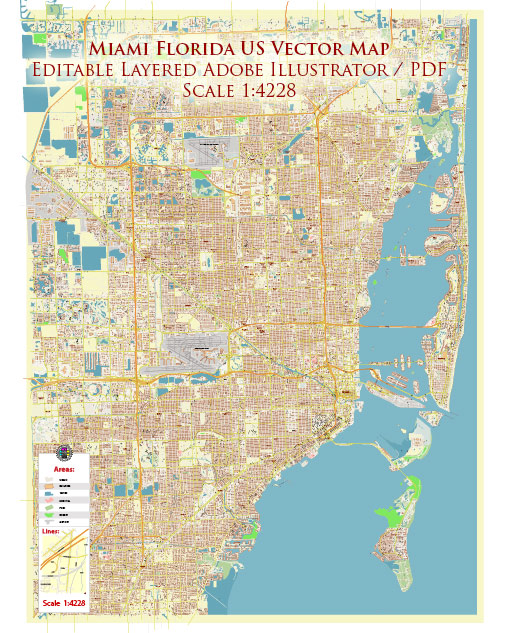


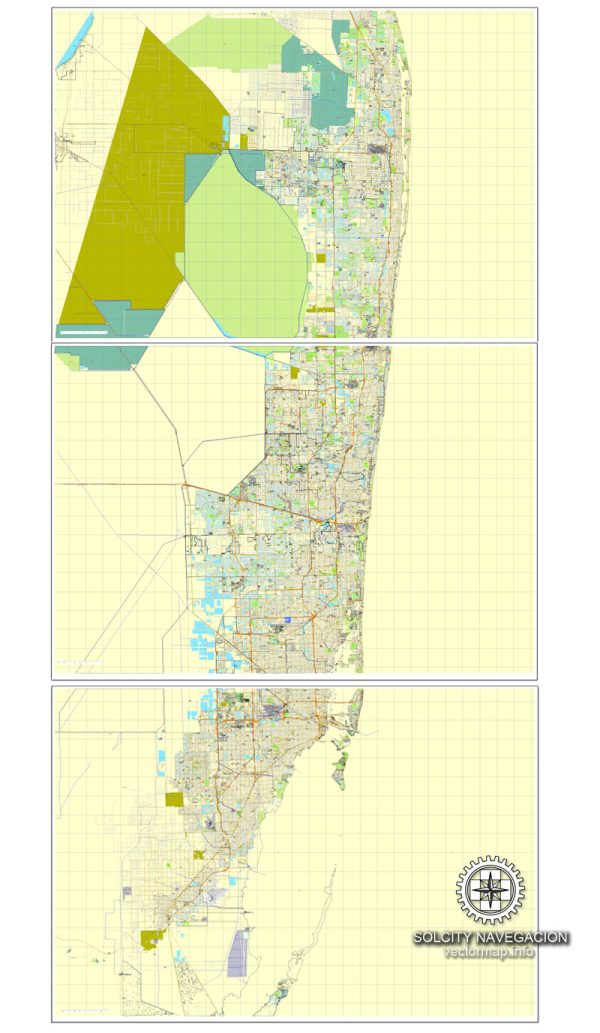
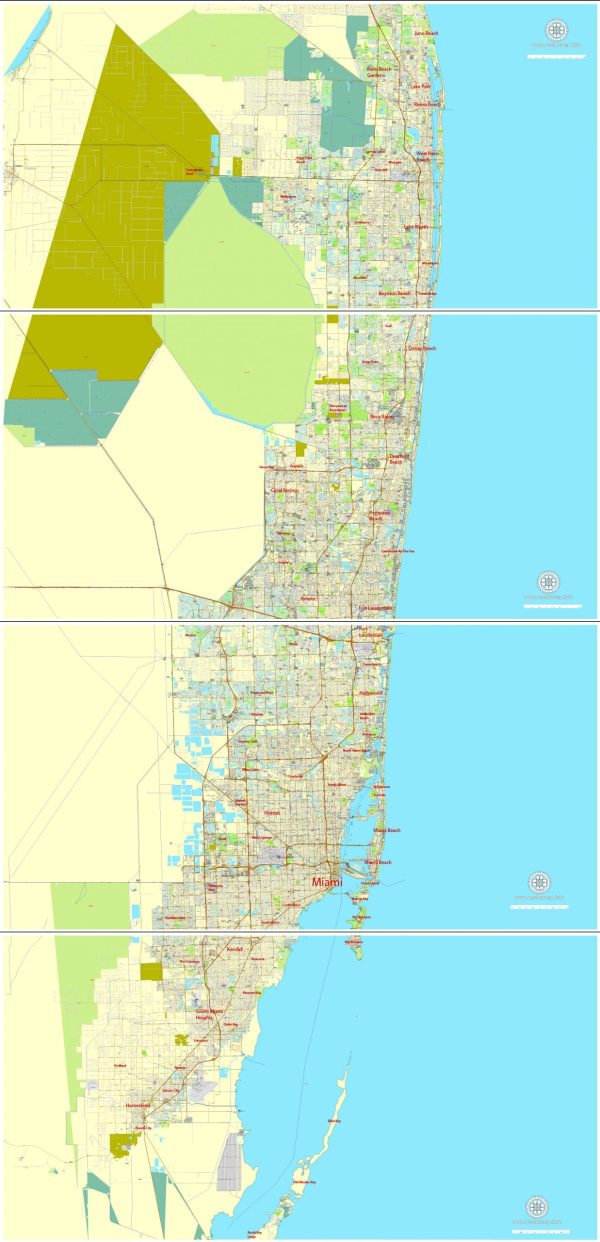
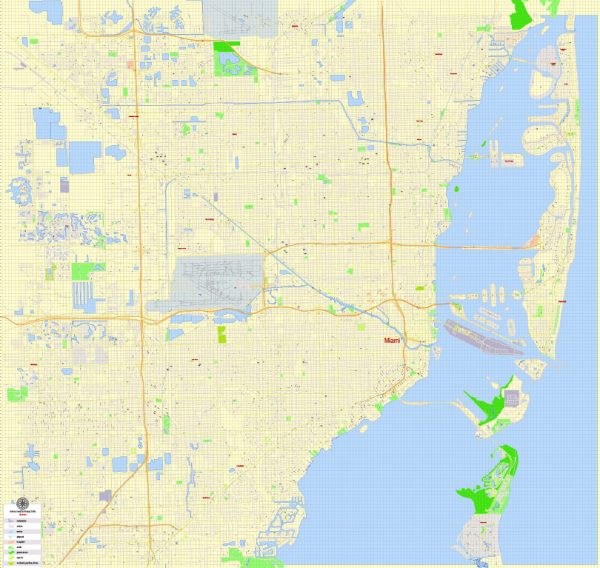

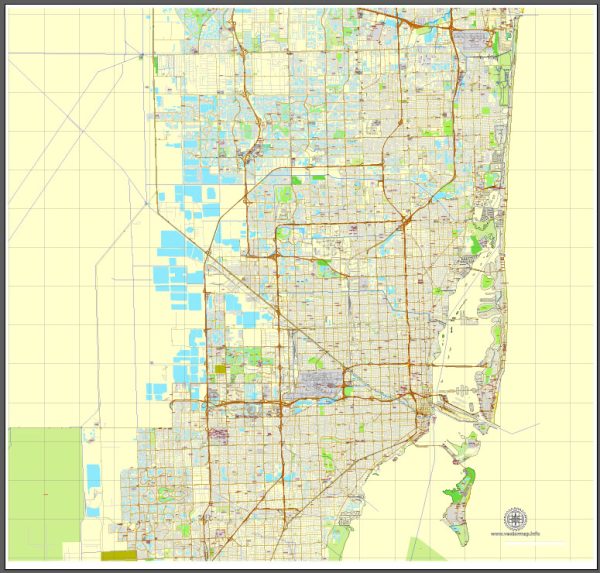
 Author: Kirill Shrayber, Ph.D.
Author: Kirill Shrayber, Ph.D.